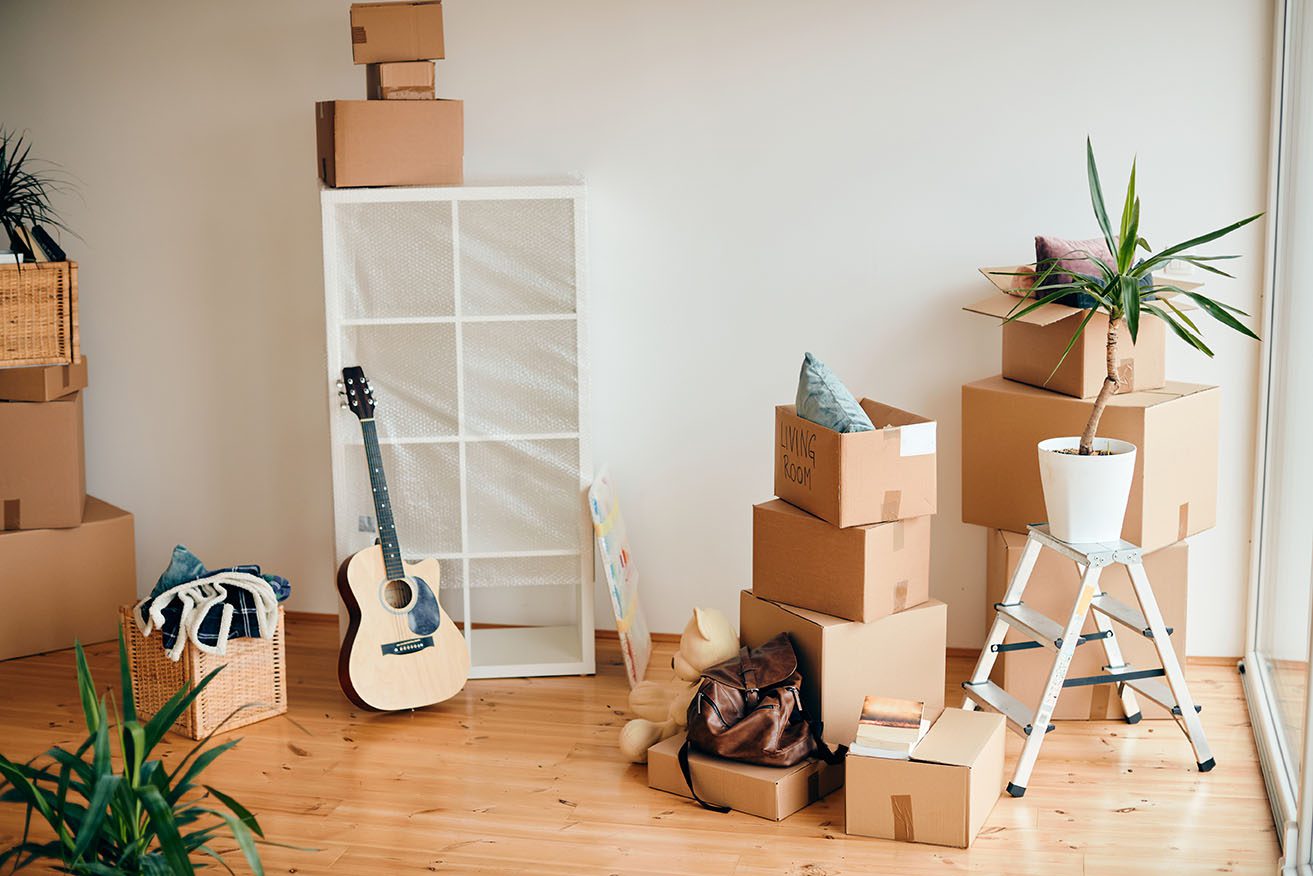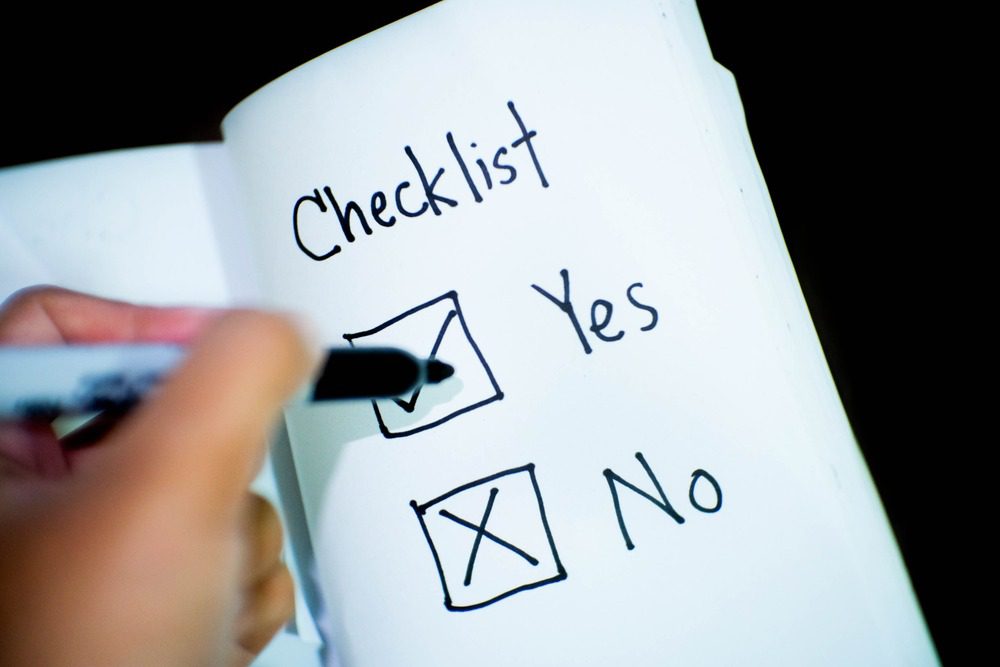Send Us A Message
Main Content
Resources
Need to pack up your home but not sure where to start? Here’s are some tips to help you pack efficiently and protect your belongings:
Start Early: Begin packing well in advance to avoid last-minute stress.
Gather Supplies: Collect packing materials like boxes, tape, bubble wrap, packing paper, and markers.
Use Quality Boxes: Use sturdy boxes in various sizes to accommodate different items.
Packing Hack: Ask large retailers to take their big boxes or check websites like Facebook Marketplace for anyone giving away moving boxes for free!
Label Everything: Clearly label each box with its contents and the room it belongs to.
Packing Hack: Label “open first” boxes for things that should be opened first in your new home, such as kitchen essentials or bedding.
Stay Organized: Keep an inventory list of your packed items and their corresponding boxes.
Pack Room by Room: Focus on one room at a time to stay organized.
Packing Hack: Use a color-coding or numbering system to match boxes with rooms for easier unloading.
Protect Fragile Items: Wrap fragile items individually in bubble wrap or packing paper. Use towels, blankets, or clothing to cushion delicate items.
Take Pictures: Take photos of electronic setups before unplugging to make reassembly easier.
Pack Heavy Items at the Bottom: Place heavier items at the bottom of boxes and lighter ones on top.
Avoid Overloading Boxes: Don’t make boxes too heavy to lift comfortably.
Packing Hack: Fill the empty space in boxes with packing material to prevent shifting during the move.
And Don’t Overfill: Ensure boxes can be closed easily without bulging or breaking.
Keep Essentials Handy: Pack a separate box with essentials for the first day in your new home (toiletries, clothes, etc).
Preserve Clothing: Use wardrobe boxes or garbage bags to keep clothing on hangers and protect them.
Wrap Drawers: Keep items in drawers by covering them with plastic wrap or securing the entire drawer with tape.
Pack Books Vertically: Pack books vertically to prevent damage to spines.
Seal Liquids: Seal bottles containing liquids like shampoo or cleaning supplies with plastic wrap or in a ziplock bag to prevent spills.
Pack Valuables Separately: Keep valuable items like jewelry, important documents, and electronics with you during the move.
Secure Mirrors and Artwork: Use mirror boxes or cardboard to protect mirrors and artwork, and mark them as fragile.
Wrap Furniture: Use moving blankets or plastic wrap to protect furniture from scratches.
Dismantle Furniture: Disassemble furniture as needed, and keep screws and bolts in labeled bags.
Pack an “Unpacking” Box: Include tools, scissors, and basic cleaning supplies for easy access when unpacking.
Dispose of Hazardous Materials: Properly dispose of hazardous materials like chemicals, paints, and propane tanks.
Ask for Help: Enlist friends or family to assist with packing and moving tasks.

8 Weeks Before
- Call moving companies for estimates.
- Remove and dispose of unnecessary possessions.
- Start compiling an inventory of your possessions.
- Get a floor plan (with room dimensions) of your new home to help you decide which furnishings you want to keep and which room they will go in.
- Start a file of moving-related papers and receipts.
- Locate schools, healthcare professionals and hospitals in your new location.
- Arrange to transfer your children’s school records and family medical records.
6 Weeks Before
- Secure off-site storage, if needed.
- Choose a mover and sign a contract.
- Contact your homeowner’s insurance agent about coverage for moving and secure more, if necessary.
- Contact insurance companies (auto, homeowner’s, medical, and life) to arrange for coverage in your new home.
- Update or cancel memberships (gyms, clubs, local organizations).
- Begin to gather packing supplies like boxes, tape, and bubble wrap.
4 Weeks Before
- Create a file of important papers, such as auto license, registration documents and title; any medical, dental and school records; birth certificates; wills, deeds, stock certificates, and other financial documents.
- Notify the following of your change of address: Post office, banks, credit card companies, relatives and friends, insurance agent, lawyer, tax/ financial advisor, magazine subscriptions.
- Notify utility companies of the date to discontinue/transfer service and/or establish service at your new home. Also arrange for final readings and bills, including refunds on prepaid services such as electric, heating, oil, internet service, phone, television, trash collection, water.
- Notify your state’s department of motor vehicle of your new address.
- If moving from an apartment, arrange for a refund of your security deposit.
- Discontinue additional home services (housekeeper, gardener/ lawn service, snow removal, and pool cleaner), if applicable.
- Start using up or donating items like frozen foods or household chemicals that can’t be moved easily.
- Start packing non-essential items and out-of-season clothing.
3 Weeks Before
- Make travel plans, if necessary.
- Make arrangements with management or homeowner’s association to reserve elevator usage time if moving into or out of a high-rise building.
- Arrange to close existing bank accounts and open new ones in your new area.
- Arrange for child care on moving day.
2 Weeks Before
- Arrange special transport for your pets and plants.
- Contact your moving company and review arrangements for your move.
- Back up important digital files from computers or other devices as a precaution.
1 Week Before
- Set aside essentials that you’ll need immediately upon arrival at your new home (important documents, prescription medications, toiletries, a change of clothes, basic tools, etc.).
2–3 Days Before
- Confirm all final arrangements with your mover and other service providers.
- Prepare a “first night” box with essentials like bedding, towels, and basic kitchen items.

Navigating the complexities of the home-buying process, first-time buyers are particularly vulnerable to making mistakes. The support of an experienced Realtor can be pivotal in your first transaction. Discover the most common pitfalls for homebuyers and learn how to avoid them.
Most Common Mistakes That Homebuyers Need to Avoid
Searching for a Home Before Mortgage Pre-Approval:
First-time buyers often get excited and start house hunting before securing a mortgage. This oversight can be costly, as failing to have a pre-approved loan could result in losing your desired real estate property.
Prioritize obtaining an underwritten pre-approval before house hunting. Doing so sends a message to sellers that you’re serious about buying a home. It also proves that you have the right credit score and finances to get a loan and make things work.
Limiting Your Options to One Lender:
Often, first-time buyers settle for the first lender or financial institution they encounter. This approach can be a significant misstep. Exploring multiple lenders provides a better basis for comparison. We advise you to compare rates, terms, and fees from at least three different lenders to ensure that you secure the best deal at the most favorable rate.
Opting for the Smallest Down Payment:
While some loan programs offer low or no down payment options, they may not always be the wisest choice. A minimal down payment can result in higher monthly mortgage payments.
Assess which option yields the most significant long-term savings. Remember, a larger down payment reduces the size of your mortgage, but saving for it may coincide with rising home prices and interest rates.
Buying a home is a substantial financial undertaking, but it doesn’t have to be overwhelming. The Nickley Group is committed to guiding you through the process, ensuring a smooth journey towards owning your dream home. Message us now to start making your dream a reality.



